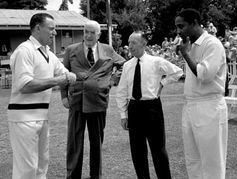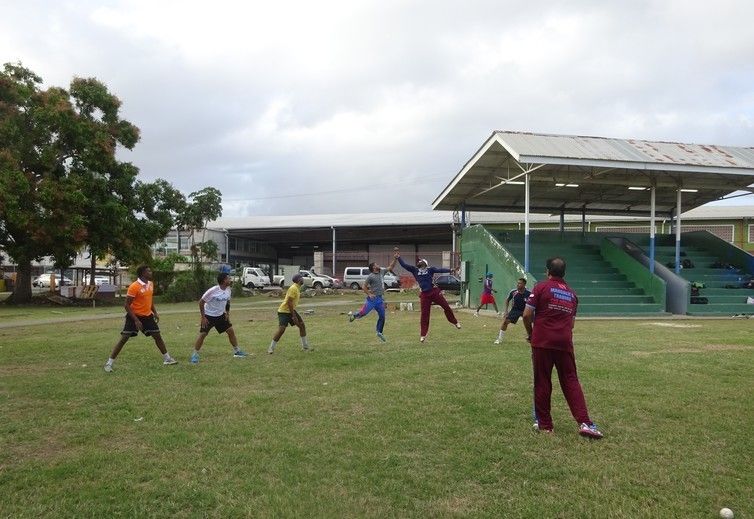Can Caribbean cricket get its (political) groove back?
 Trinidad’s semi-professional cricket, long a feeder for Caribbean cricketers to play broad, has lost of its lustre.
Trinidad’s semi-professional cricket, long a feeder for Caribbean cricketers to play broad, has lost of its lustre.
Caribbean cricket fans were dismayed in early June when, for the first time since the ICC Champions Trophy started in 1998, the West Indies Cricket Team did not qualify for this prestigious international competition, which recently concluded in England and Wales.
Winner of the Champions Trophy in 2004 and of the 1975 and 1979 World Cups, the West Indies squad is now at risk of not qualifying for the upcoming World Cup cricket competition in 2019.
Cricket lovers are struggling to understand the decline of the West Indies team, which is composed of athletes from 15 countries, British dependencies and other Caribbean territories, including Trinidad and Tobago, Guyana, Jamaica and Barbados.
In this region of the world, cricket has never been just a sport. In the 20th century struggle against British domination, cricket was central to the Caribbean’s anticolonial independence project.
Today, my 2015 research in Guyana and Trinidad and Tobago found, its meaning has changed. For poor young men, international cricket is often seen as a way out of poverty and into the lap of luxury.


 West Indies failed to qualify for the tournament after the International Cricket Council (ICC), the sport's governing body, decided to cap the number of participating teams at eight.
West Indies failed to qualify for the tournament after the International Cricket Council (ICC), the sport's governing body, decided to cap the number of participating teams at eight.
 The West Indies Cricket Team celebrates after winning an international championship in 2016. This year has been less confetti-filled.
The West Indies Cricket Team celebrates after winning an international championship in 2016. This year has been less confetti-filled.



